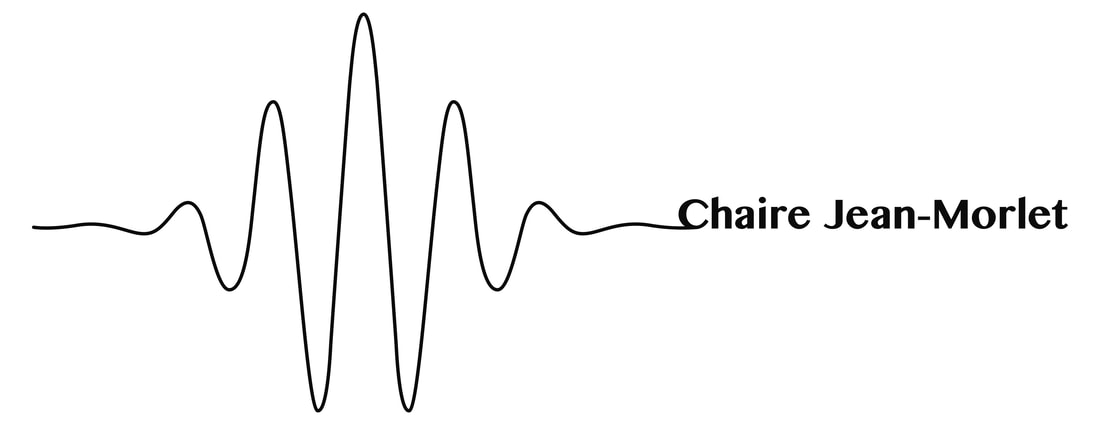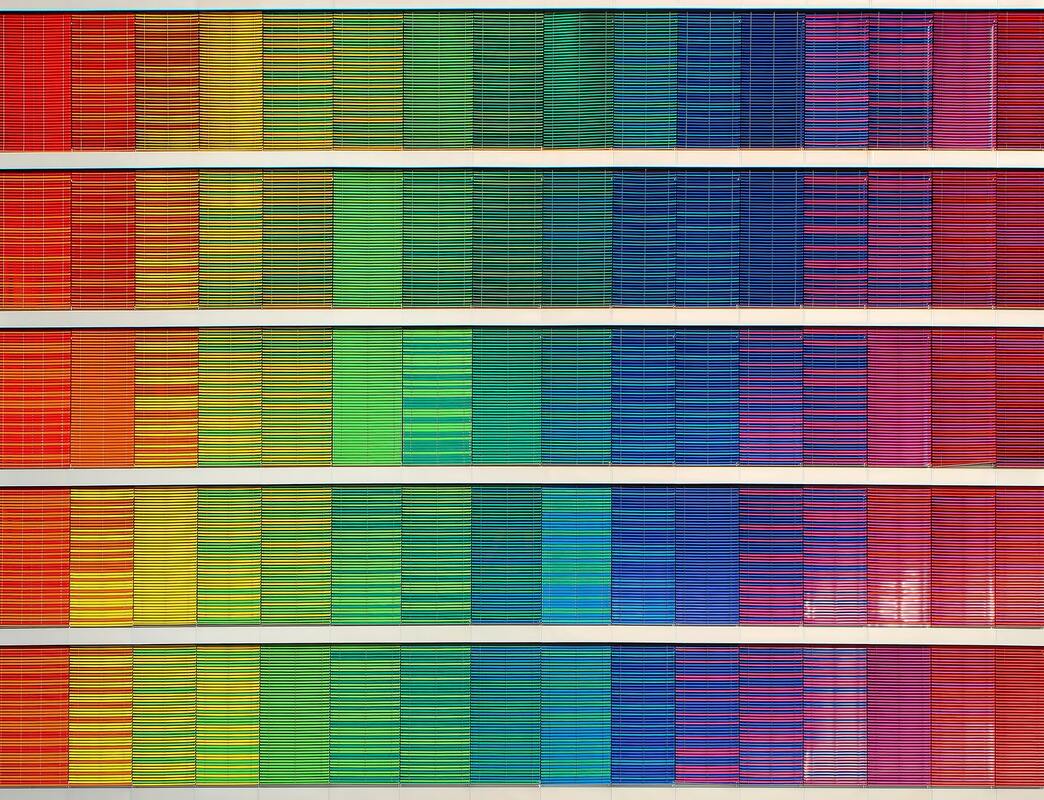|
VIRTUAL RESEARCH SCHOOL
2 > 6 NOVEMBER 2020 Quasi-Monte Carlo Methods and Applications The focus lies on applications in numerical integration, risk modelling, computational finance, simulation techniques, and computational geometry. Speakers will introduce basic terminology and methods and then discuss fundamental applications. The research school is open to advanced Master students in mathematics, statistics, and computer science as well as to PhD students. SCIENTIFIC COMMITTEE
ORGANIZING COMMITTEE
|
The live talks & discussion room will be available to registered conference participants via the link below.
Your access code to the room will be provided by the organizers.
Your access code to the room will be provided by the organizers.
|
|
|
Robert Tichy: Quasi-Monte Carlo Methods and Applications: Introduction
|
|
Stefan Thonhauser: Risk theory: models and objectives – PDMPs in risk theory and QMC integration I
|
Stefan Thonhauser: PDMPs and Integrals – PDMPs in risk theory and QMC integration II
|
Abstract : These talks will give an overview on the usage of piecewise deterministic Markov processes for risk theoretic modeling and the application of QMC integration in this framework. This class of processes includes several common risk models and their generalizations. In this field, many objects of interest such as ruin probabilities, penalty functions or expected dividend payments are typically studied by means of associated integro-differential equations. Unfortunately, only particular parameter constellations allow for closed form solutions such that in general one needs to rely on numerical methods. Instead of studying these associated integro-differential equations, we adapt the problem in a way that allows us to apply deterministic numerical integration algorithms such as QMC rules.
|
Florin Avram: Optimizing dividends and capital injections limited to bankruptcy, and practical approximations for the Cramér-Lundberg process
Abstract. The recent papers Gajek-Kucinsky(2017), Avram-Goreac-LiWu(2020) investigated the control problem of optimizing dividends when limiting capital injections by bankruptcy is taken into consideration. The first paper works under the spectrally negative Levy model.
|
|
|
Gerhard Larcher: Two concrete FinTech applications of QMC
Abstract : I present the basics and numerical result of two (or three) concrete applications of quasi-Monte-Carlo methods in financial engineering. The applications are in : derivative pricing, in portfolio selection, and in credit risk management.
|
|
Abstract. An overview of randomness, pseudorandom sequences, low-discrepancy sequences, numerical integration, Koksma-Hlawka inequality, uniform point sets and error bounds, and randomized quasi-Monte Carlo methods will be given.
|
Giray Ökten: Derivative pricing, simulation from non-uniform distributions – lecture 3
Abstract. The models of Bachelier and Samuelson will be introduced. Methods for generating number sequences from non-uniform distributions, such as inverse transformation and acceptance rejection, as well as generation of stochastic processes will be discussed. Applications to pricing options via rendomized quasi-Monte Carlo methods will be presented.
|
|
Gunther Leobacher: Quasi Monte Carlo Methods and their Applications
Abstract. In the first part, we give a short introduction to Quasi-Monte Carlo (QMC) methods, starting with classical results and touching more recent developments. We also talk about applications and what to take care of when using QMC instead of classical Monte Carlo.
|
Gunther Leobacher: Stochastic Differential Equations
Abstract. In the first part, we briefly recall the theory of stochastic differential equations (SDEs) and present Maruyama’s classical theorem on strong convergence of the Euler-Maruyama method, for which both drift and diffusion coefficient of the SDE need to be Lipschitz continuous. In the second part we show how the classical result can be used also for SDEs with drift that may be discontinuous and diffusion that may be degenerate. In that context I will present a concept of (multidimensional) piecewise Lipschitz drift where the set of discontinuities is a sufficiently smooth hypersurface in the multi-dimensional euclidean space. We discuss geometric properties of the set of discontinuities that are needed to transfer the convergence result from the Lipschitz case to the piecewise Lipschitz case.
|




